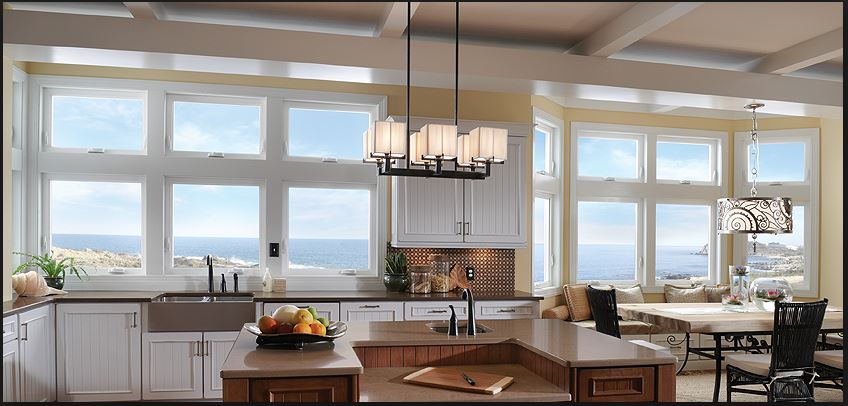Maximize Returns: Investment Property Strategies
Investing in property can be a lucrative venture, but success requires careful planning, strategic decision-making, and a deep understanding of the market. Whether you’re a seasoned investor or just starting out, implementing effective investment property strategies is essential for achieving your financial goals and maximizing returns. Let’s explore some proven strategies that can help you navigate the world of real estate investment with confidence and success.
Thorough Market Research
Before diving into any investment property, it’s crucial to conduct thorough market research to identify lucrative opportunities and mitigate risks. Analyze market trends, property values, rental rates, and demographic data to pinpoint areas with strong growth potential and high demand. By staying informed about market dynamics, you can make informed investment decisions that align with your investment objectives.
Define Investment Objectives
Clarifying your investment objectives is essential for developing a focused investment strategy. Determine whether you’re looking for long-term appreciation, steady rental income, or short-term profits through flipping properties. Understanding your goals will guide your investment decisions and help you prioritize opportunities that align with your financial objectives and risk tolerance.
Financial Planning and Budgeting
Effective financial planning is fundamental to successful property investment. Calculate your budget, including upfront costs, ongoing expenses, and potential renovation costs, to determine how much you can afford to invest. Consider factors such as financing options, loan terms, and contingency funds to ensure you have the financial resources to support your investment strategy and weather any unforeseen challenges.
Diversification
Diversification is a key strategy for mitigating risk and maximizing returns in property investment. Spread your investment across different property types, locations, and market segments to minimize exposure to market volatility and potential losses. Diversification can help you capitalize on emerging opportunities while protecting your portfolio against downturns in specific markets.
Value-Add Opportunities
Seeking value-add opportunities is a strategic approach to property investment that involves identifying properties with untapped potential and adding value through renovation, redevelopment, or repositioning. Look for properties that are underpriced or in need of upgrades, and implement improvements that will increase rental income, property value, or marketability.
Rental Property Management
Effective property management is essential for maximizing returns on rental properties. Whether you’re managing properties yourself or working with a professional property management company, prioritize tenant satisfaction, timely rent collection, and proactive maintenance to minimize vacancies, reduce turnover, and optimize rental income.
Long-Term Investment Perspective
Adopting a long-term investment perspective is crucial for success in property investment. Real estate markets may experience fluctuations in the short term, but historically, property values tend to appreciate over time. By focusing on long-term growth and income potential, you can ride out market cycles and benefit from the compounding effects of property appreciation and rental income.
Risk Management
Risk management is an integral part of any investment strategy. Identify potential risks, such as market volatility, tenant vacancies, or unforeseen expenses, and implement strategies to mitigate them. Consider factors like property insurance, contingency funds, and diversification to protect your investment capital and minimize



